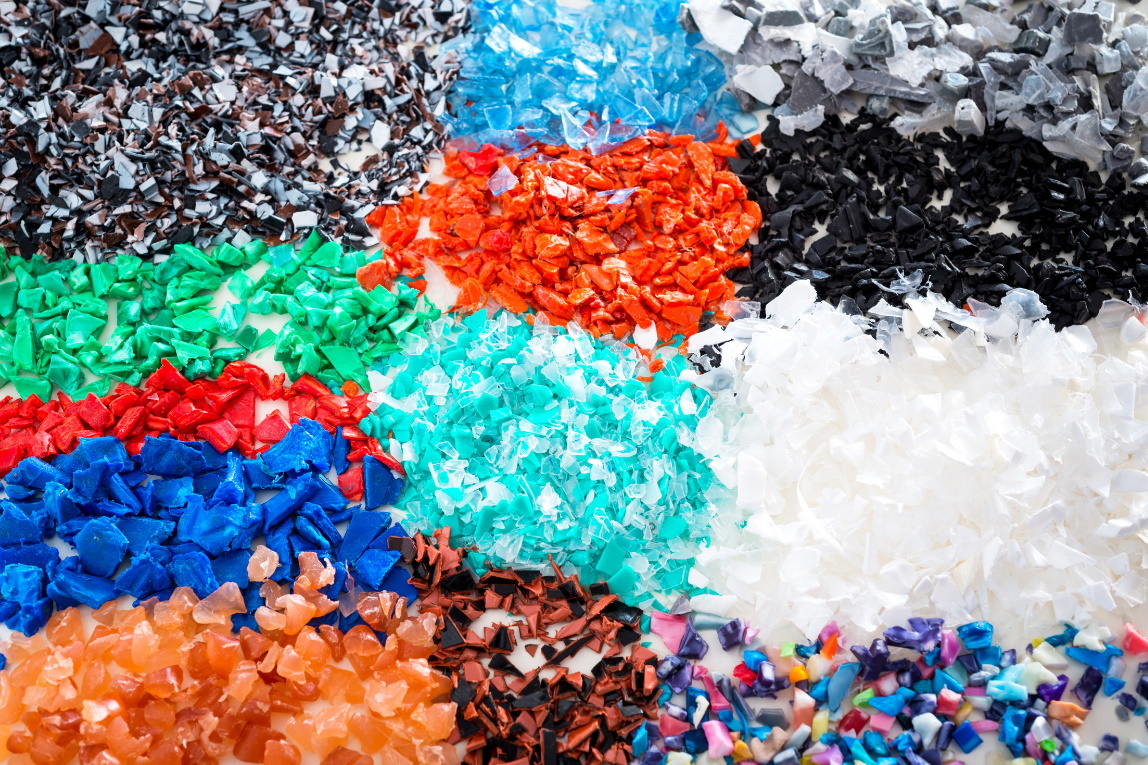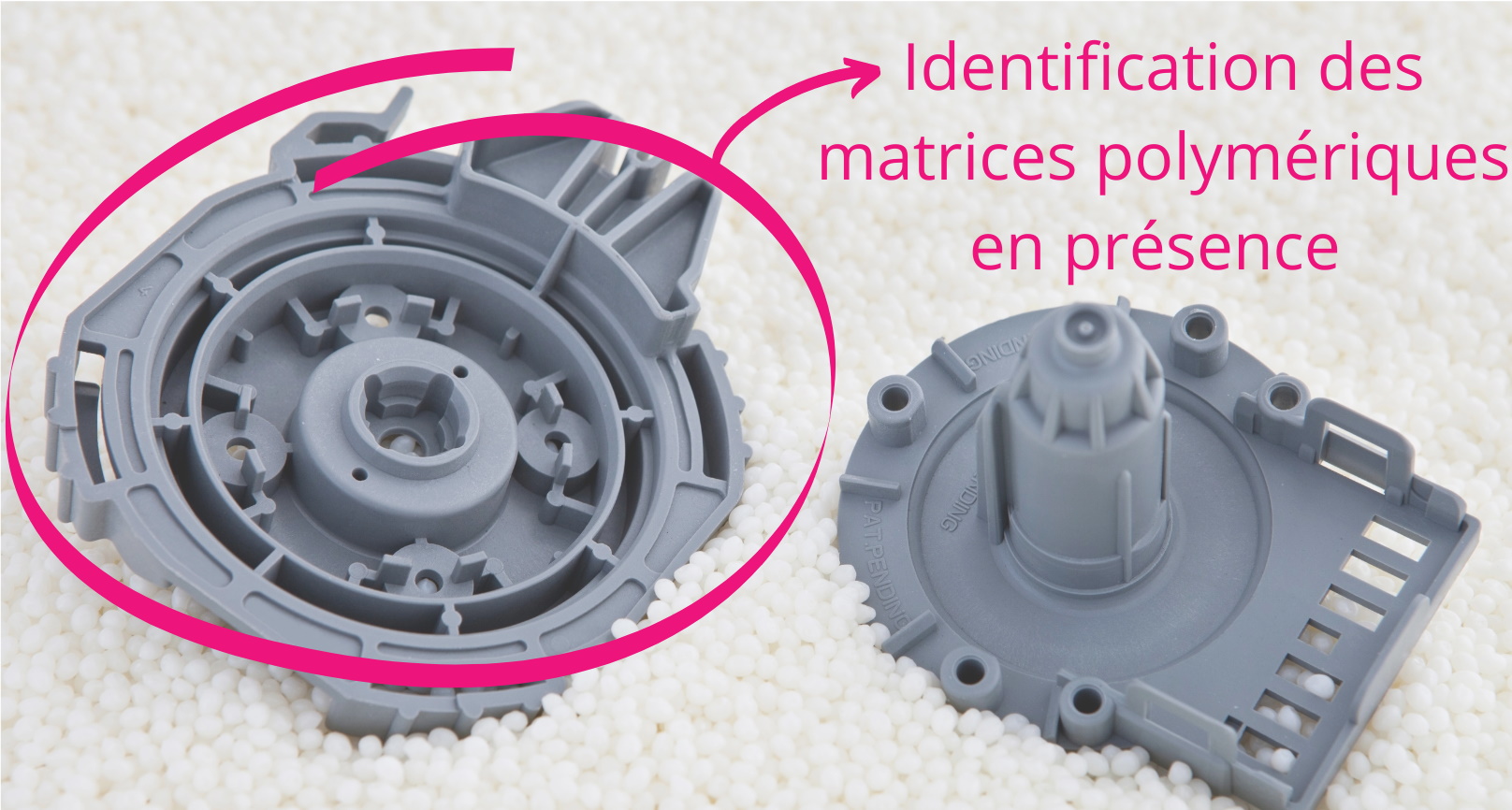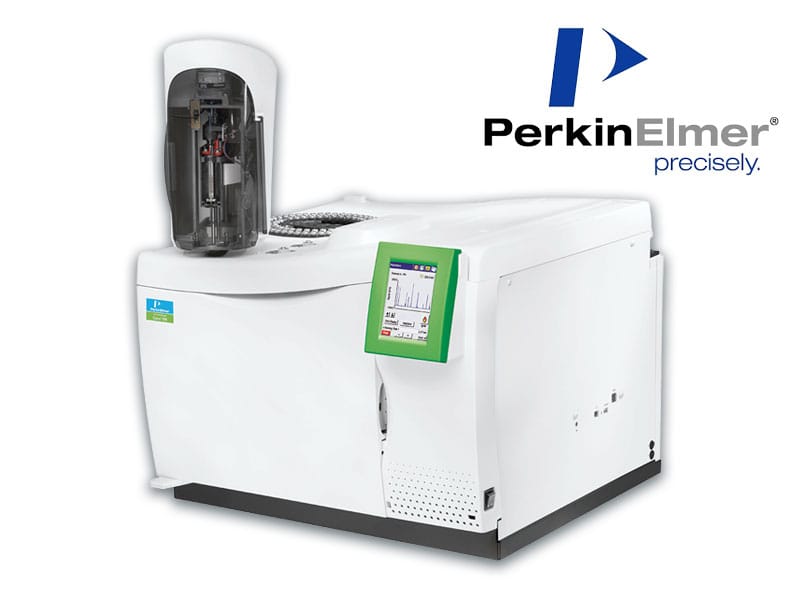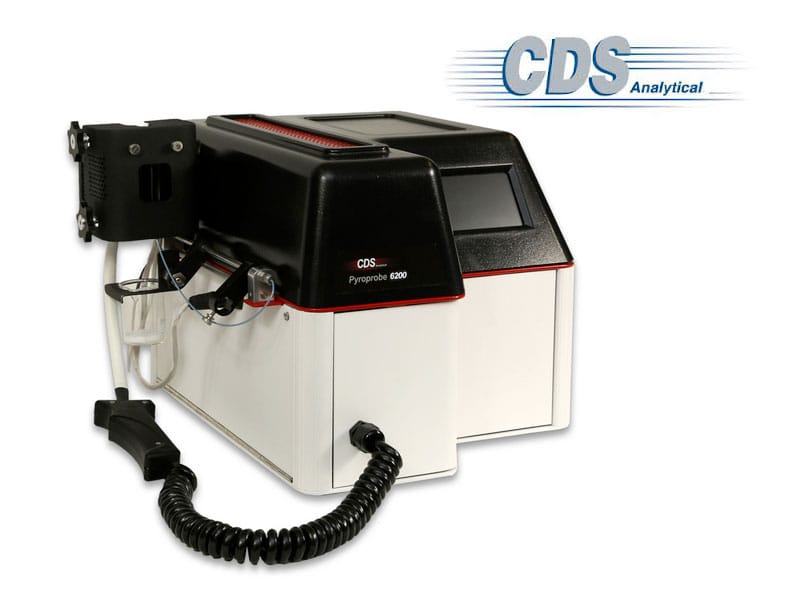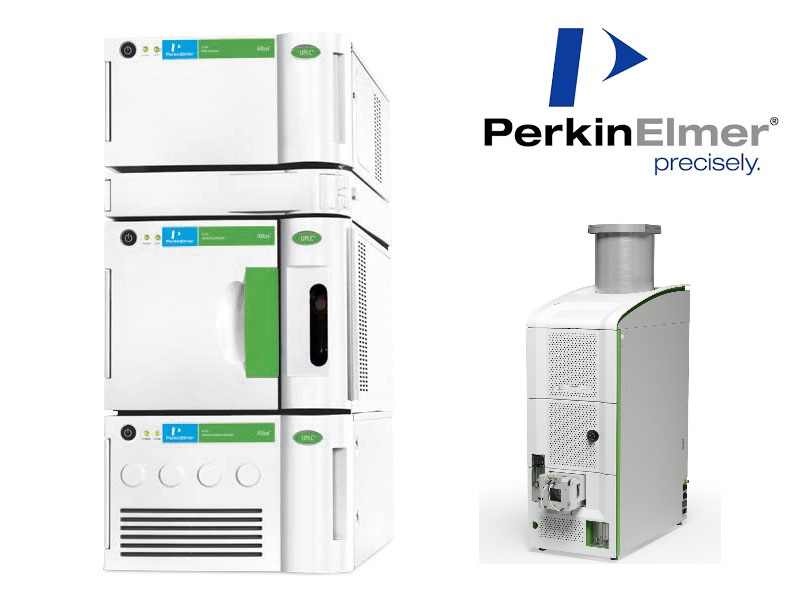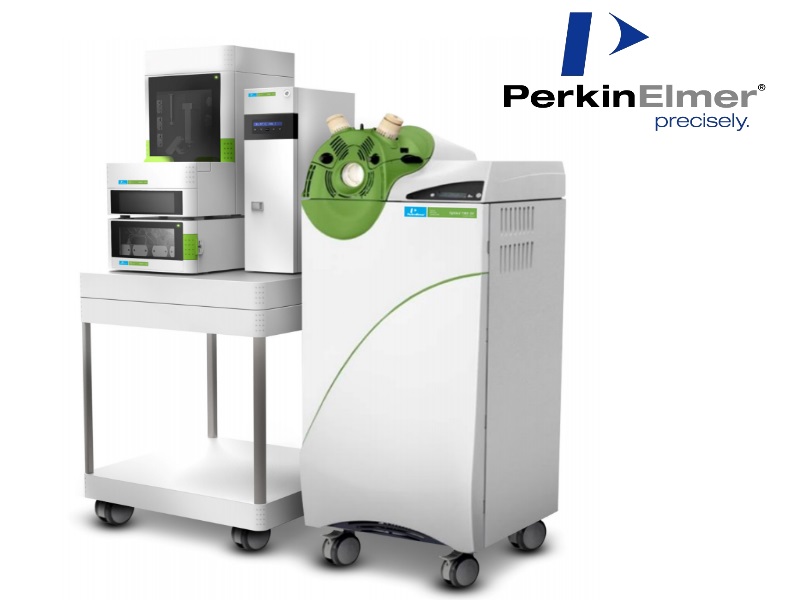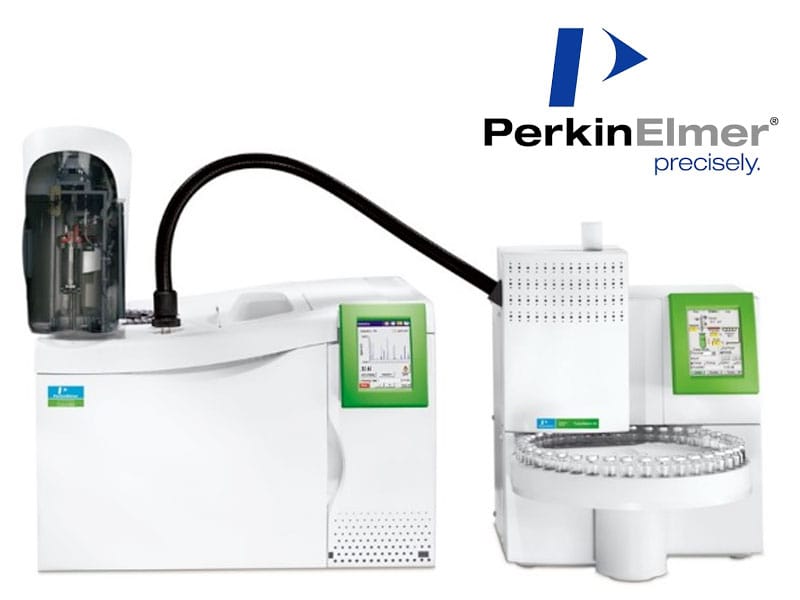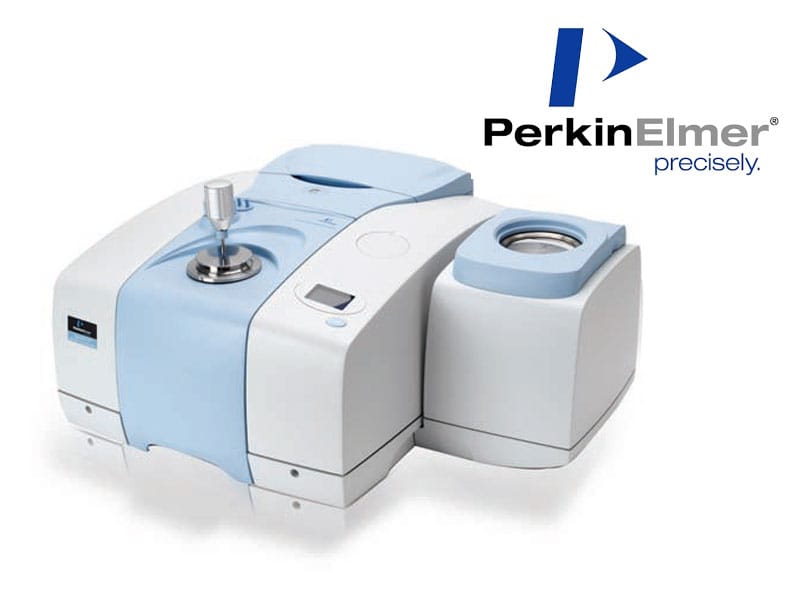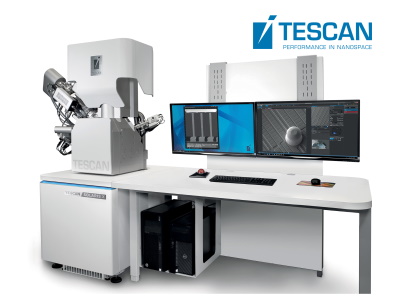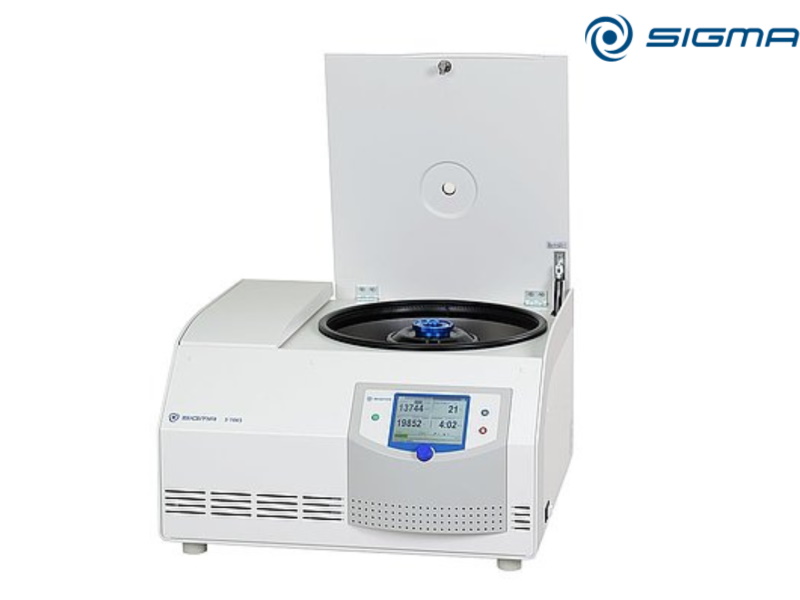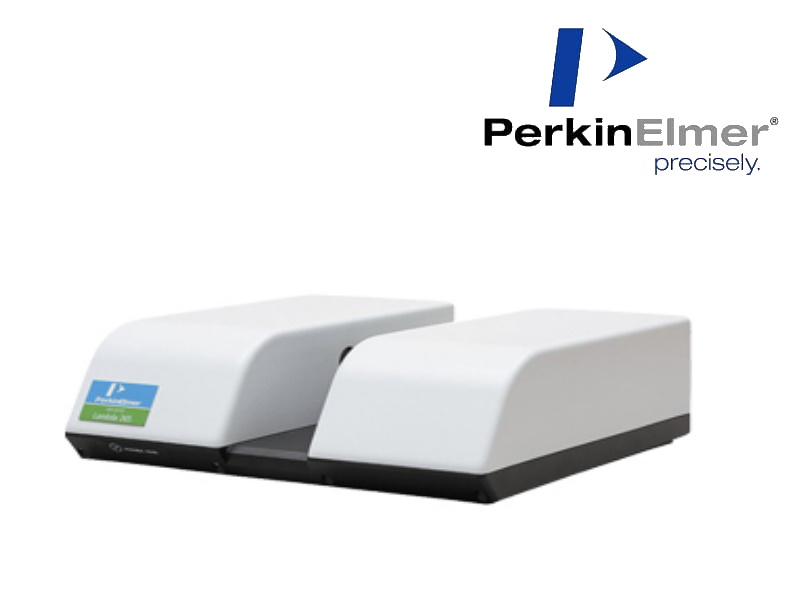In order to obtain the composition of your unknown products and materials, our team will rely on the analytical method of pyrolysis coupled with gas chromatography (GC) with detection by mass spectrometry (MS) and FTIR.
The Pyrolysis/GCMS technique makes it possible to work on macromolecules thanks to a molecular degradation of the material by adding heat. This degradation leads to the breaking of the polymer chains and the desorption of the volatile molecules present. The study of the tracer fragments then makes it possible to go back to the structure of the polymer matrix
In addition, the IRTF spectrometer will allow us a structural identification of polymeric matrices.
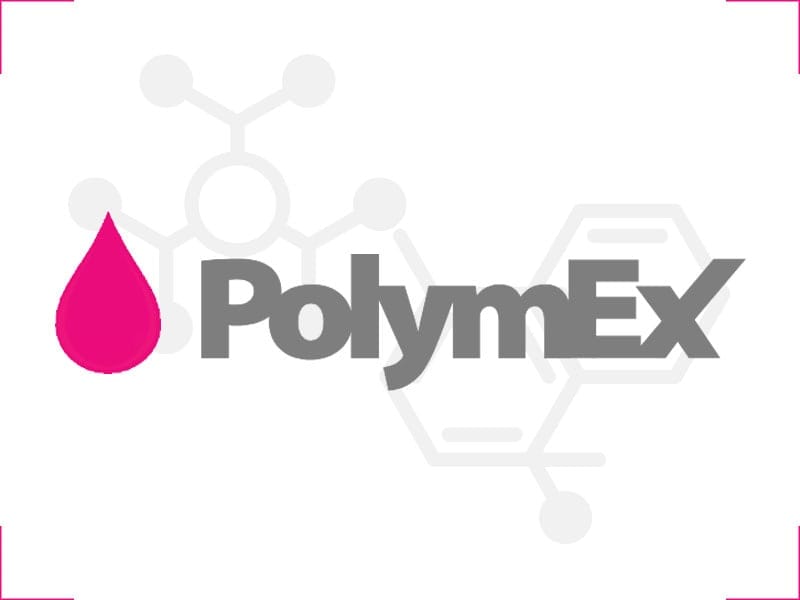
 EN
EN
 FR
FR